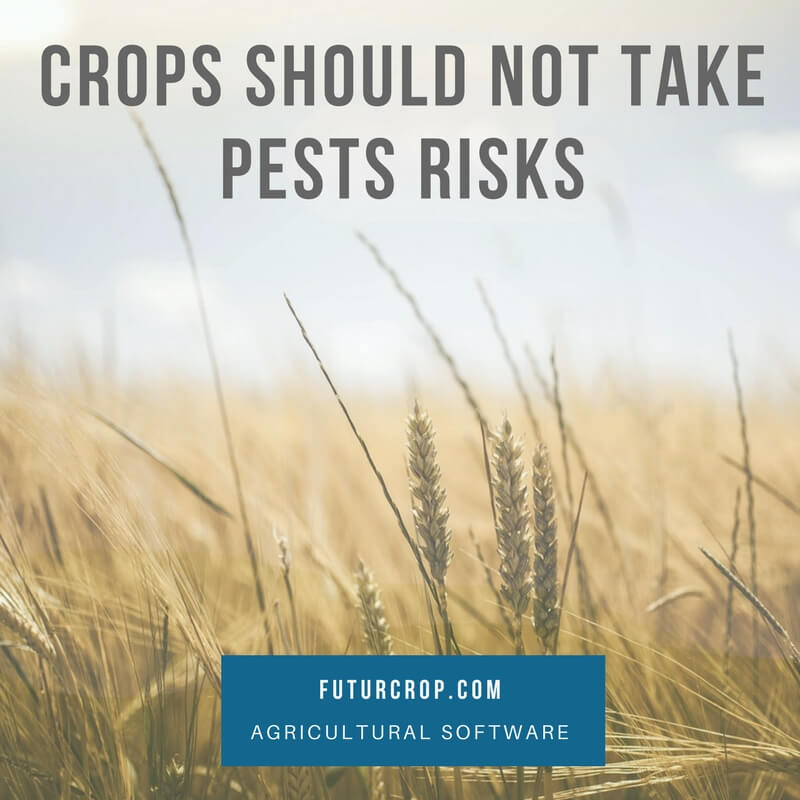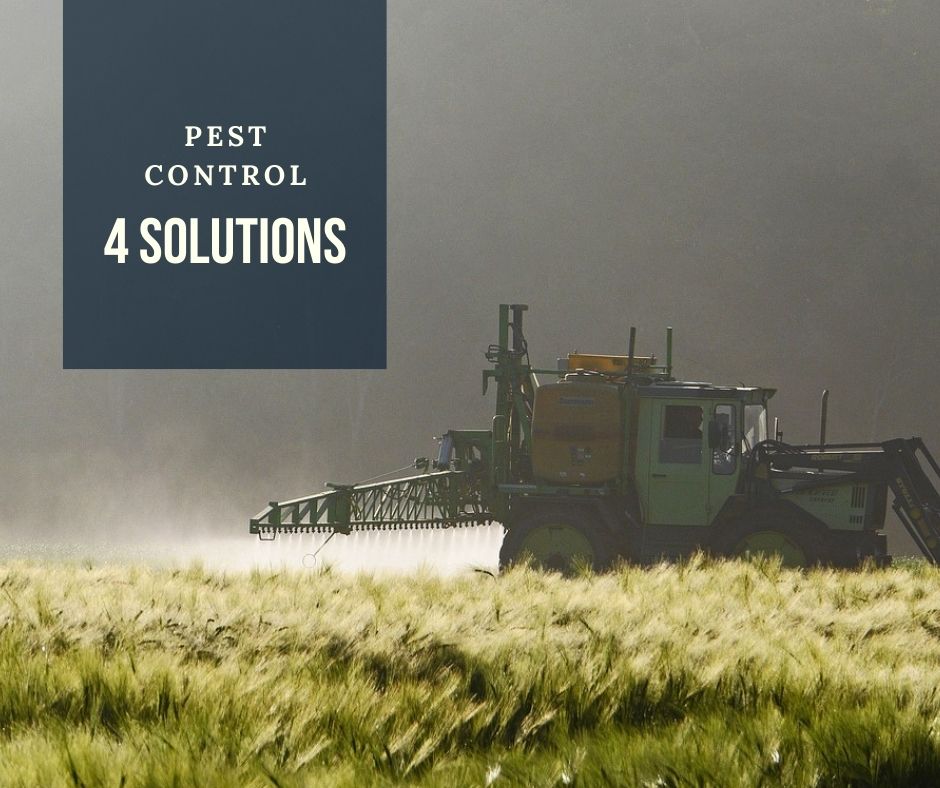Pest Control Forecasting and Control Warning Systems

Futurcrop - 07-05-2021
FAO repeatedly states that in order to solve pest control problems in agriculture, there is a need to obtain more information, and apply more effective treatments.
FORECASTING AND CONTROL WARNING SYSTEMS
Thus, in order to take more efficient pest efficient actions, it is required those actions to be based on well informed decisions, with all available data, obtained through a DECISION SUPPORT SYSTEM FOR PEST CONTROL, like
Fundamentals
The Problem
How long the egg takes to hatch
depends on temperature
Farmers and technicians perform unnecessary preventive treatments because of the fear of losing their crops. However, despite the increasing use of pesticides in modern agriculture, chemical insecticides lose effectiveness because of their constant use, pests developing resistance to them. In fact, over the last 38 years, 436 new arthropods species have developed resistance to chemical insecticides.
Related concepts
THE DEVELOPMENT OF CERTAIN ORGANISMS
IS RELATED TO TEMPERATURE
Phenology
The study of how organisms develop through stages over time.
Insects biological development does not occur on a calendar-day basis (as it could be the case with warm-blooded animals, whose body temperatures rarely vary more than a few degrees), but on a unit-of-heat scale (Grade-day). So:
- Upper and lower thresholds
- Below a certain temperature insects cannot develop
- Above a certain temperature insects development slows and eventually stops
- Cumulative Degree Days: A simple method that uses heat units to record physiological time.
- 1 Degree Day is a single degree day of temperature above an insects lower temperature threshold maintained for 24 hours
METHODOLOGY TO DEVELOP PHENOLOGY MODELS
- Each state of biological development is tested at different temperatures at the laboratory.
- The model is on field validated.
- At constant temperatures, the development time of each biological phase is recorded.
- Its upper / lower threshold is determined
- Finally, grade-days are calculated for each state of development
But, at different temperatures
With the algorithms developed, we can calculate
DDC=[(Tmax + Tmin)/2]-6.1
- 244DDC egg hatch of the summer generation
- 433 DDC 95% egg hatch
And this information is important, because at the third instar of the Obliquebanded leafroller, larvae cause more damage to the fruit.
The variation in weather/temperature results in differences of up to four weeks in the dates on which these events occur from year to year. However, the order in which the phenological events occurred remained quite consistent from year to year.
Related posts
Real time pests and vegetable diseases prediction models
Climatic Change and pest prevention technologies
How to reduce the use of chemical insecticides
FuturCrop improves the monitoring of pests and the effectiveness of treatments
